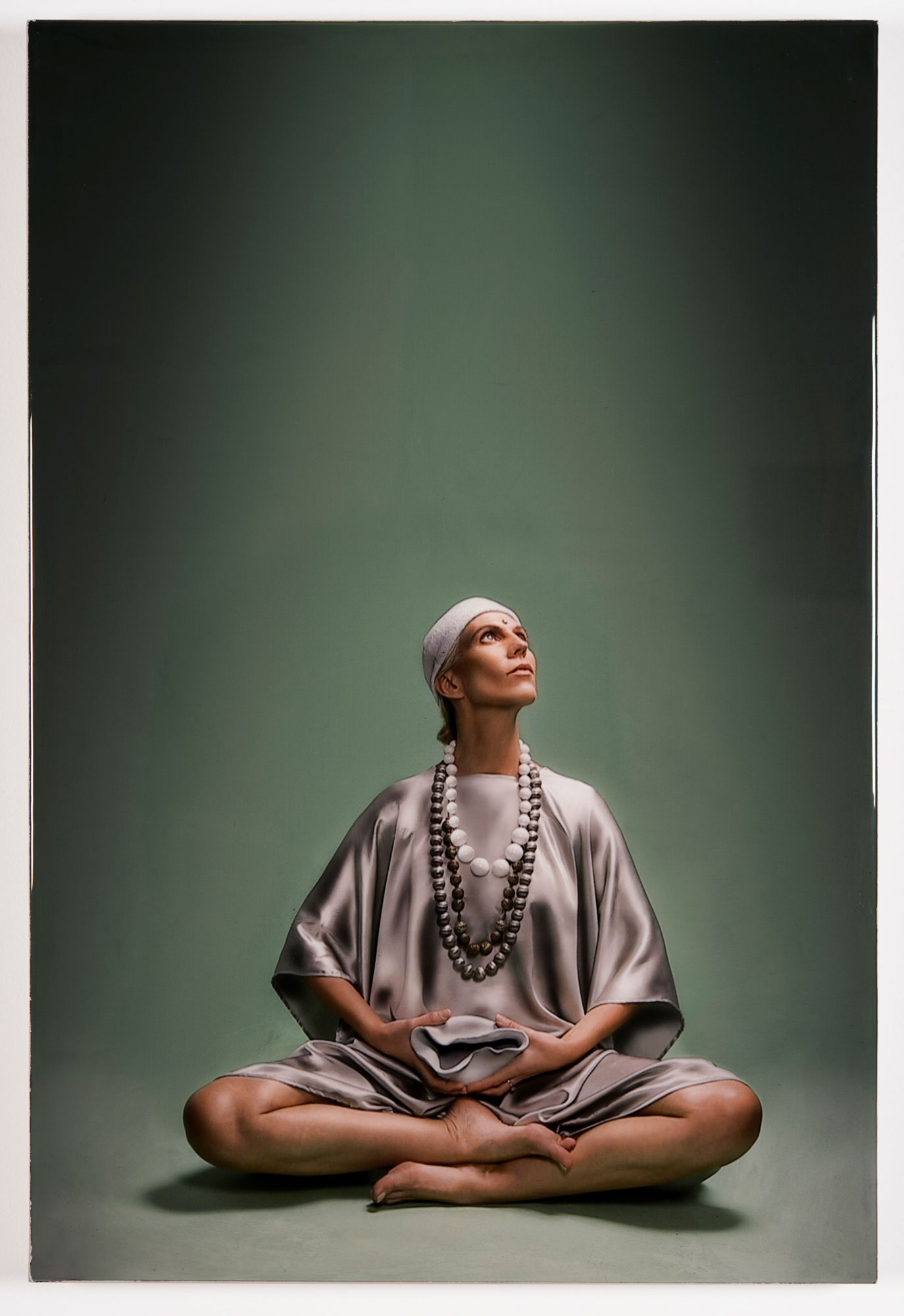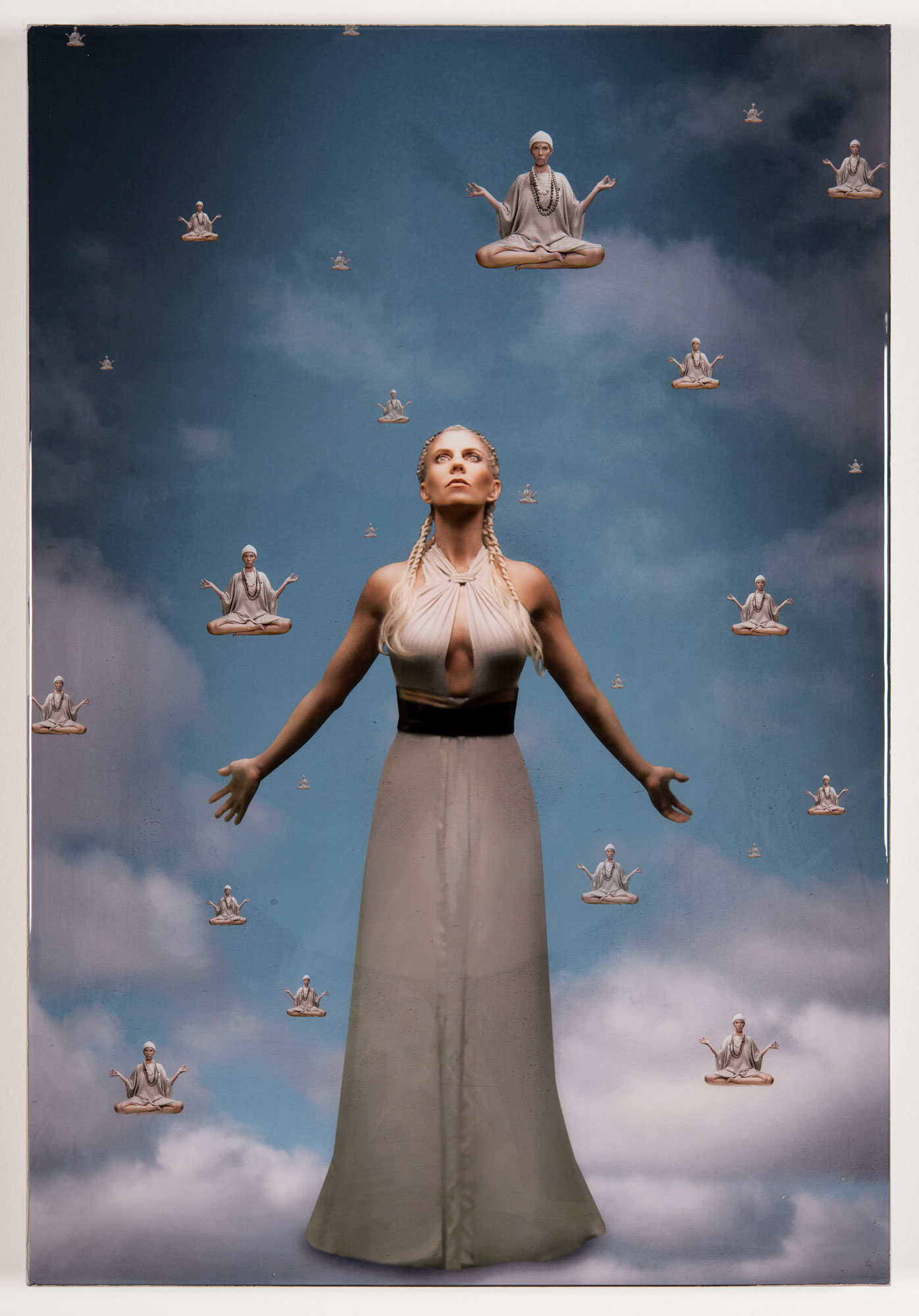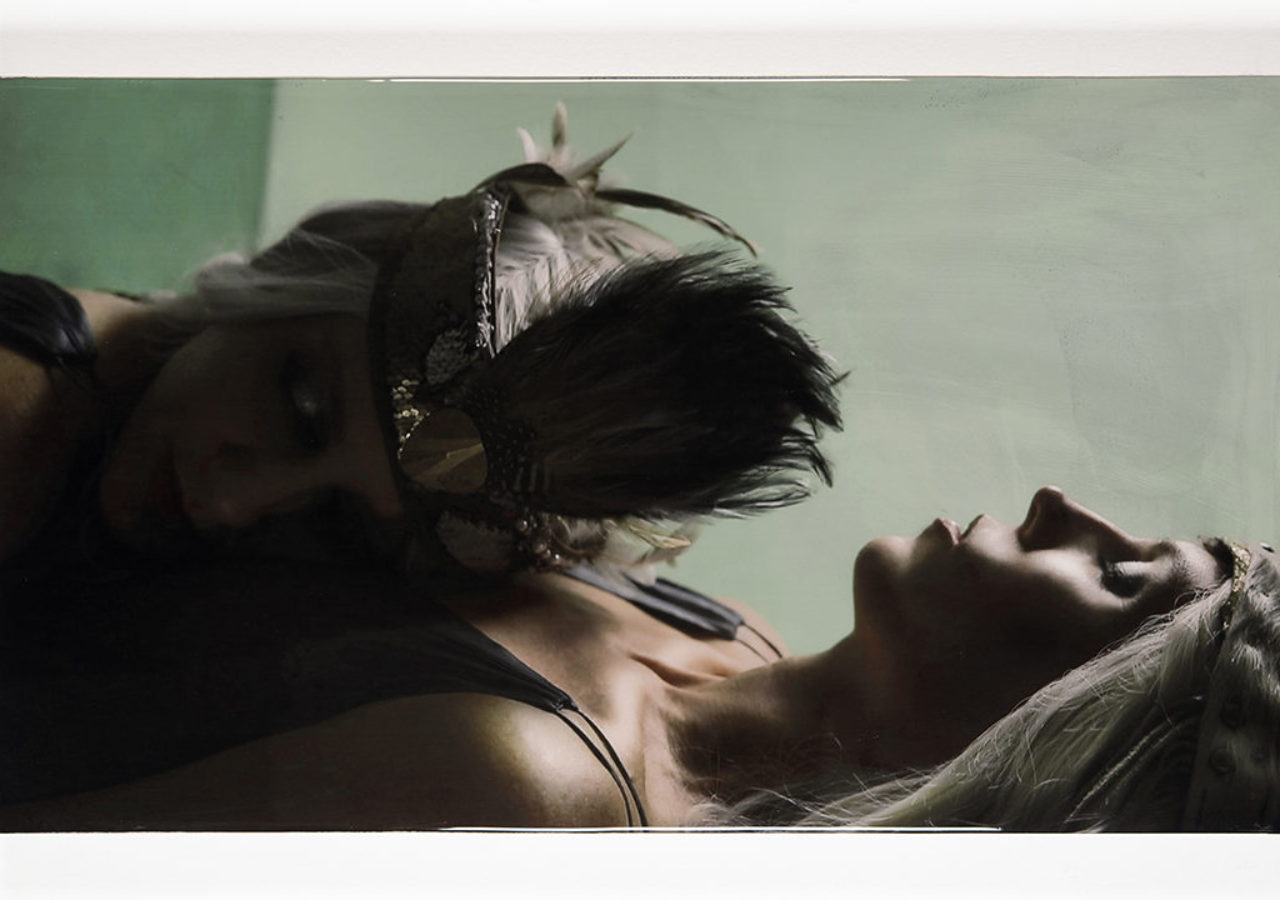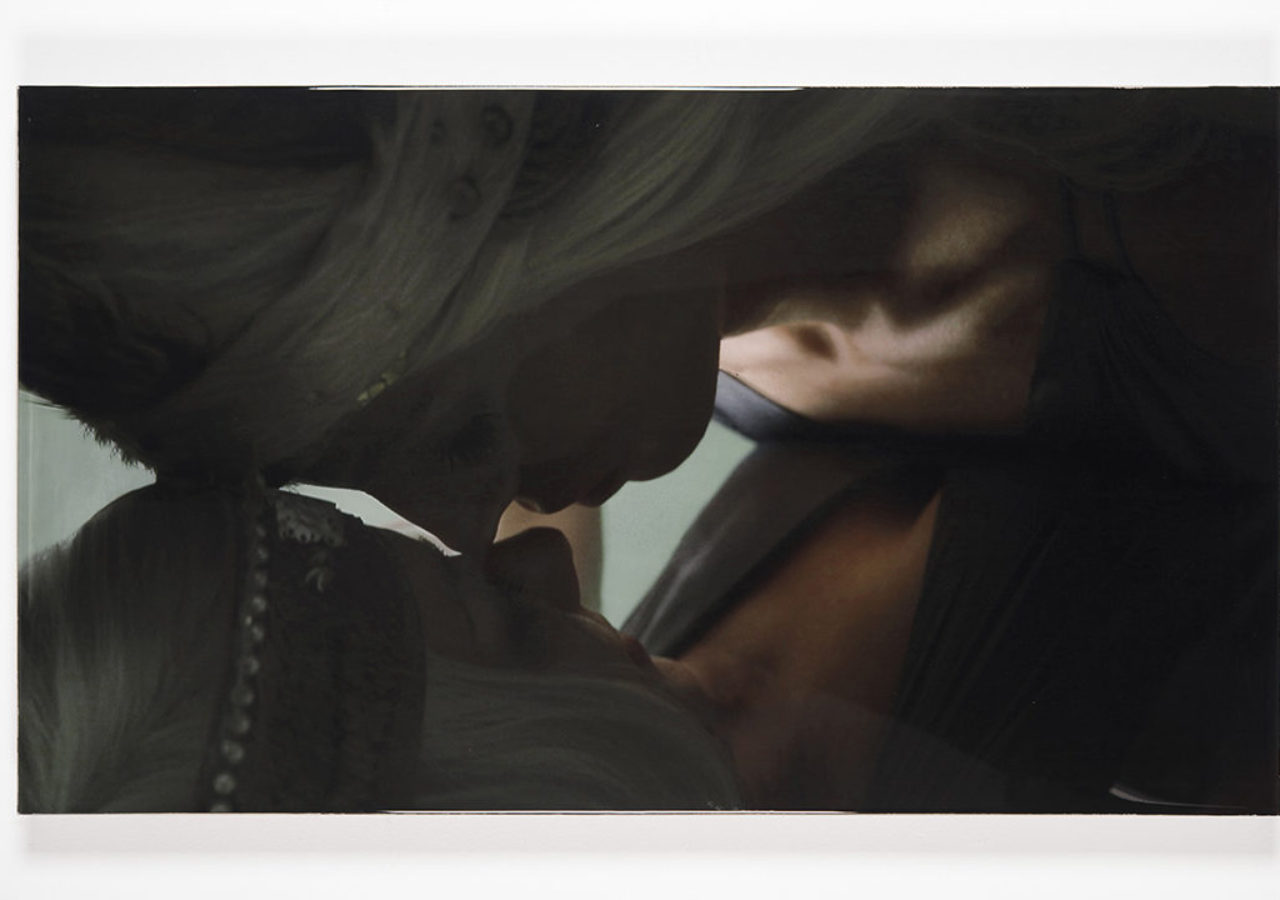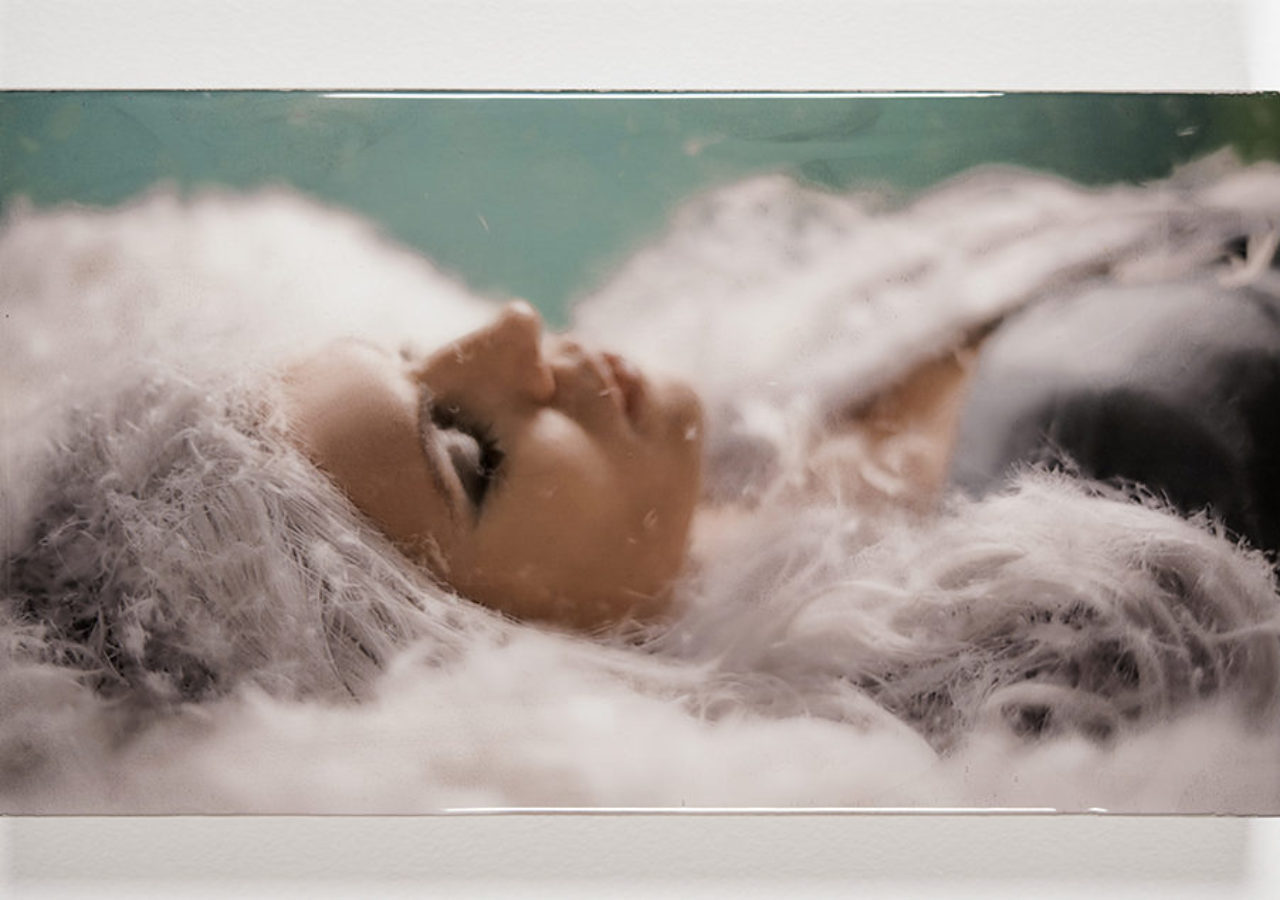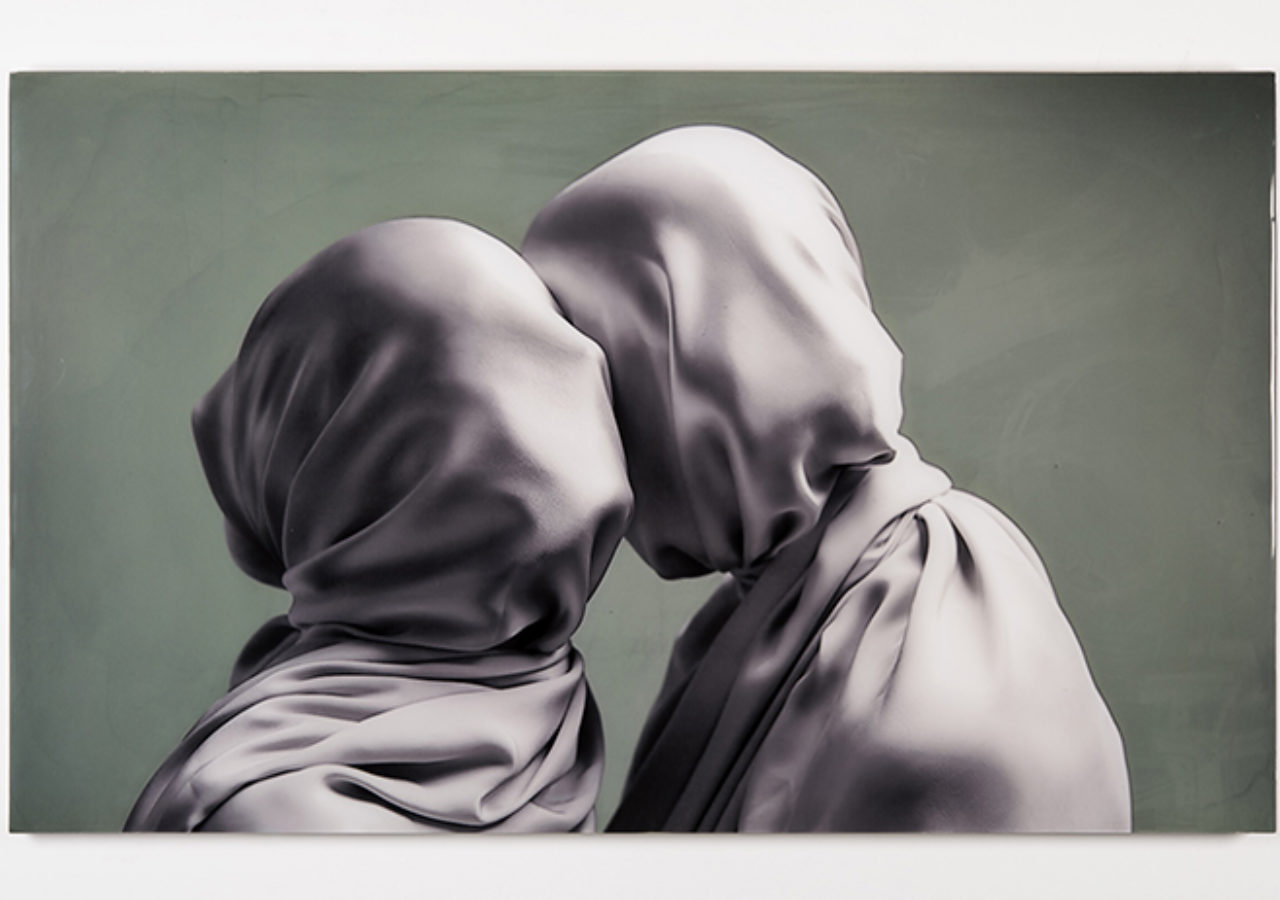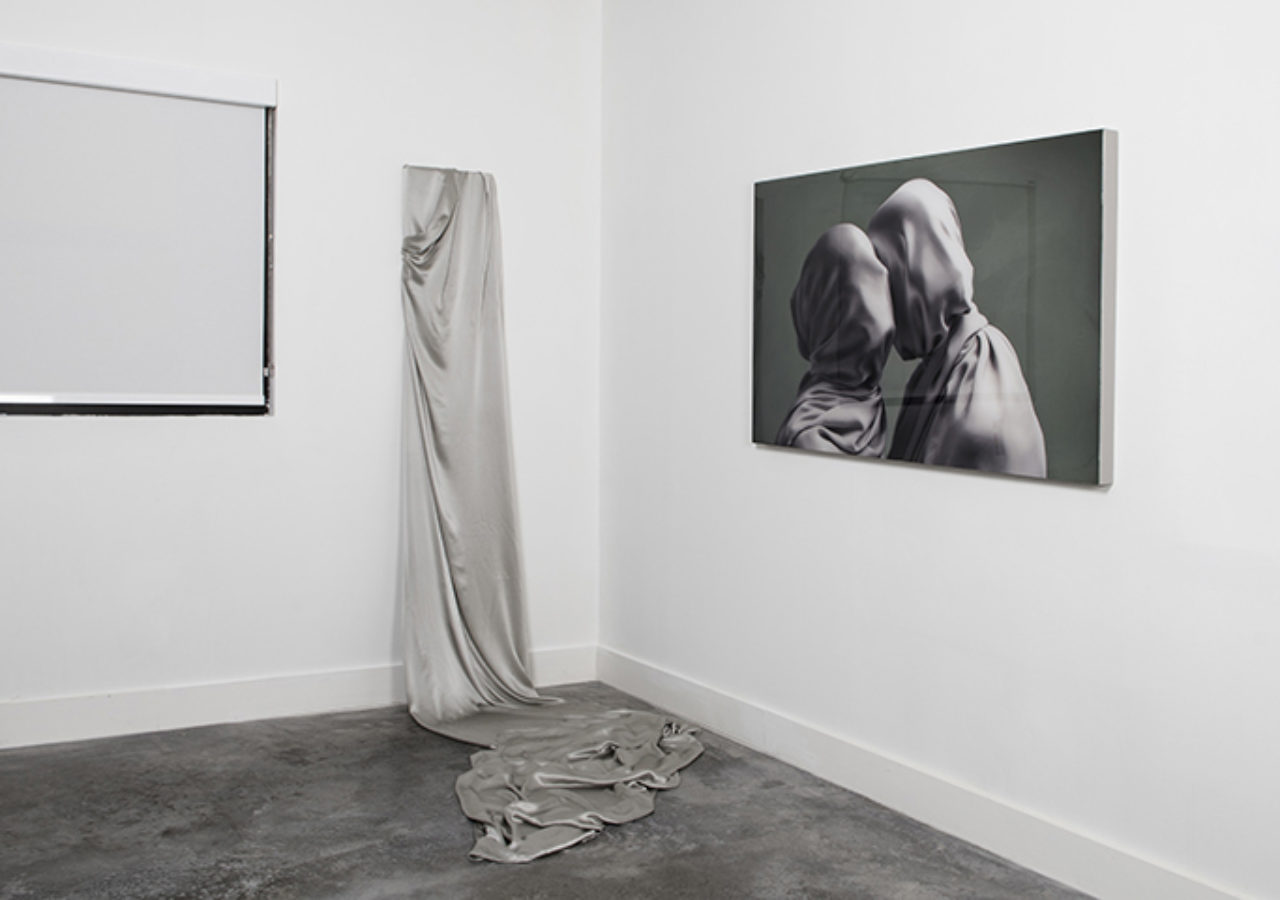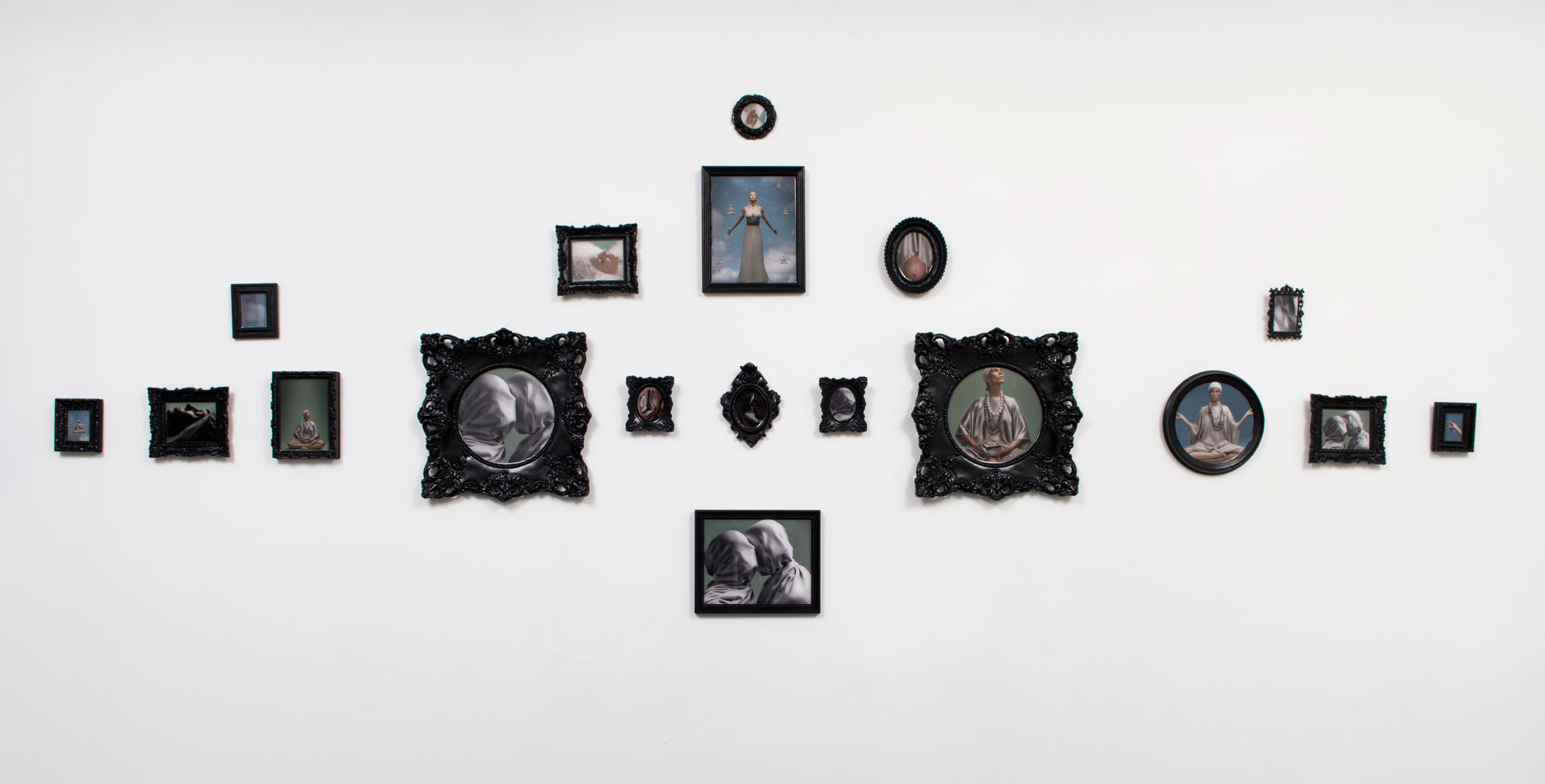The Multiplicity of Spirits
Art has in common with magic the postulation of a special, self-contained sphere removed from the context of profane existence. Within it special laws prevail. Max Horkheimer and Theodor W. Adorno Just as a conjurer would begin a ceremony by marking out from all its surroundings the place in which the sacred forces are to come into play, so does Nina Surel close off her SATANAMA from secular reality, in a magic circle of her own. The elements of this boundary will be sublated within the work itself as it progresses. They are many, and varied. In and around SATANAMA, René Magritte’s depiction of Golconda meets Claude Cahun’s orientalist self-portrait, and the wild woman archetype described by Clarissa Pinkola Estés comes across the sorcerers painted by Leonor Fini.
The result is a decisively surreal, but still, somehow, biographical short-film. Through a plurality of dream-like aesthetic illusions, Surel’s work of art recovers for contemporary audiences part of the heritage of archaic magical traditions. Her moving images evoke the healing and liberating powers of that which was experienced in so many ancient rituals: the occurrence of the whole in the particular. Once and again, SATANAMA reenacts the fabled duplication by which simple scenes appear as manifestations of deep spiritual truths about totality, femininity, mortality, animality, maternity and vitality. That constitutes its aura as an expression of a journey which is evidently very personal and yet, at the same time, aspires to the dignity of the absolute.
Florencio Noceti


